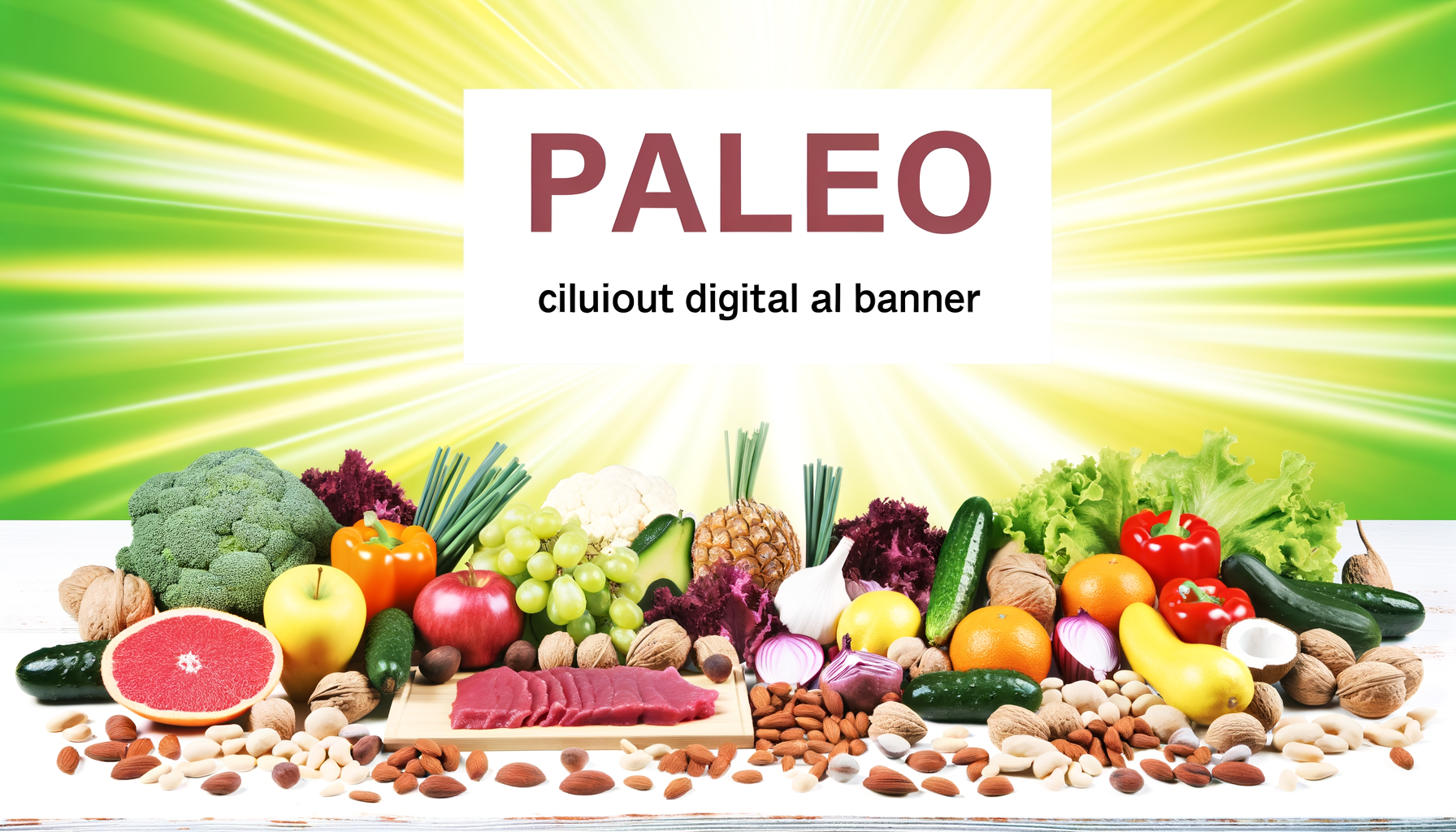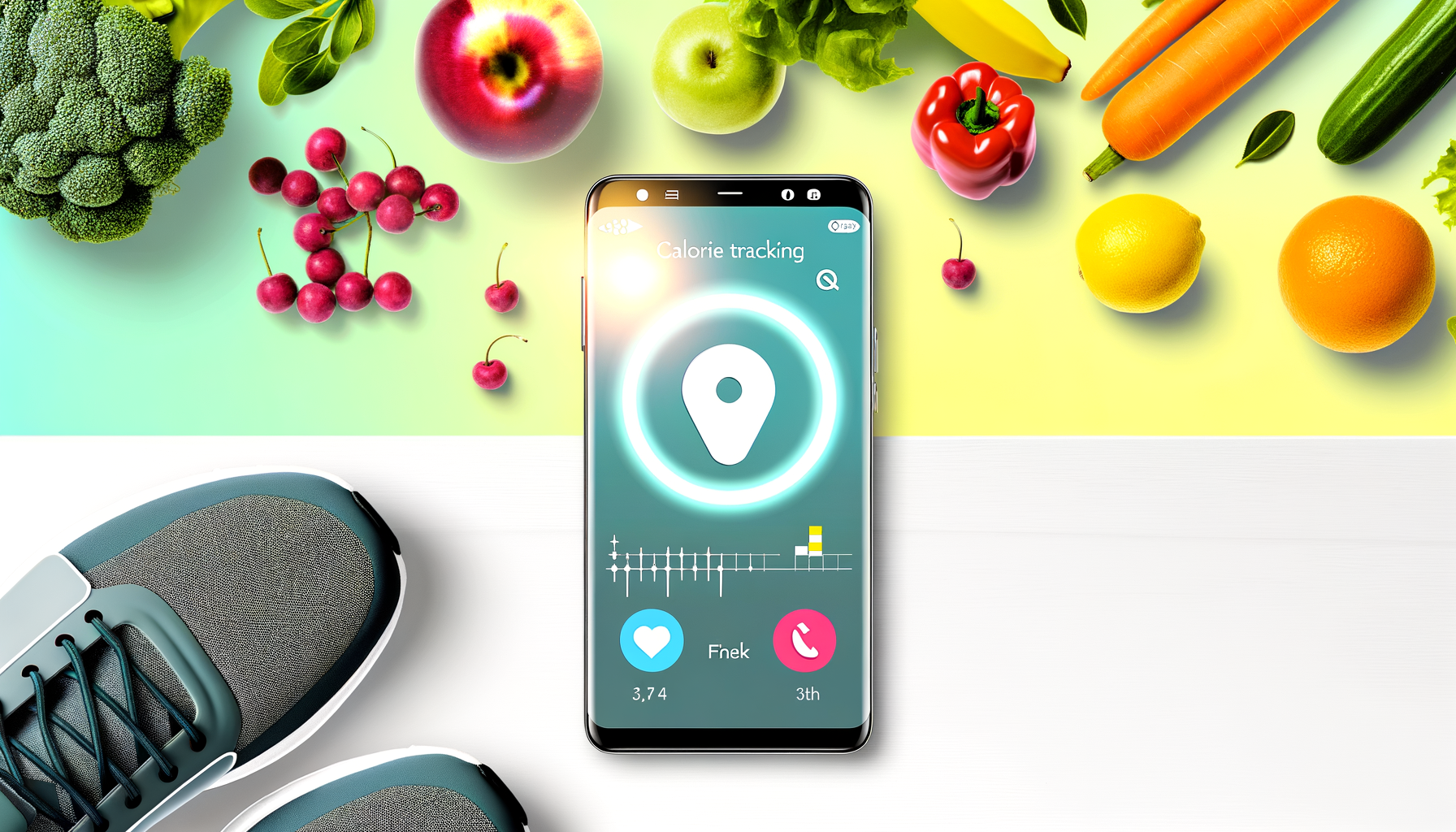The ROI of Interactive Tools: A Calorie Calculator Case Study
In today’s digital landscape, businesses in the health and fitness industry are continuously seeking innovative ways to engage their audience and drive growth. One such strategy is the integration of interactive tools, like a calorie calculator, into their marketing mix. These tools not only capture visitor attention but also provide valuable insights that can be leveraged to enhance marketing effectiveness and business results. In this article, we will delve into the case study of a calorie calculator and explore how it can boost the return on investment (ROI) for health and fitness businesses.
Unlocking the Potential of Interactive Tools
Interactive tools have become a cornerstone in modern marketing strategies. They offer a dynamic way to connect with potential customers by providing immediate and personalized value. For instance, a calorie calculator like the WP Calorie Calculator allows users to input specific dietary information and receive tailored nutritional advice. This level of personalization fosters a sense of trust and engagement among users, which can be crucial for converting leads into customers.
The Power of Data-Driven Insights
One of the key benefits of using interactive tools is the ability to collect valuable user data. By analyzing how users interact with these tools, businesses can gain insights into consumer behavior and preferences. For example, a calorie calculator can help identify common dietary trends and nutritional challenges faced by users. This data can then be used to refine marketing strategies, create targeted campaigns, and improve product offerings, ultimately leading to higher ROI and improved marketing effectiveness.
Companies like Fitbit and MyFitnessPal have successfully utilized interactive tools to engage users and drive business growth. Fitbit offers a comprehensive fitness tracking system that provides insights into physical activity, sleep, and nutrition, helping users manage their health more effectively. MyFitnessPal, with its vast database of foods and calorie tracking features, empowers users to make informed dietary decisions. These platforms demonstrate how interactive tools can become central to a company’s growth strategy.
Crafting a Business Case for Calorie Calculators
To evaluate the ROI of incorporating a calorie calculator into a marketing strategy, businesses must consider both the cost savings and revenue generation potential. Here are some steps to build a business case:
- Identify Target Audience: Determine who your target audience is and how a calorie calculator can address their specific needs.
- Set Performance Metrics: Establish clear performance metrics such as website engagement, lead generation, and conversion rates to measure the tool’s effectiveness.
- Calculate ROI: Use a simple formula to calculate ROI: (Gain from Investment - Cost of Investment) / Cost of Investment. Consider both direct costs, such as tool development and maintenance, and indirect costs like staff time for analysis and optimization.
For instance, if the development of a calorie calculator costs $10,000 and it generates an additional $50,000 in sales, your ROI would be 400%. This demonstrates the potential for interactive tools to significantly boost revenue while providing a compelling user experience.
Case Study: Enhancing Lead Generation with WP Calorie Calculator
A health and wellness company recently integrated the WP Calorie Calculator into its website to enhance user engagement and lead generation. After implementing the tool, they observed a significant increase in website traffic and engagement. Potential customers were drawn to the interactive nature of the calculator, and as a result, the company saw a substantial rise in newsletter subscriptions and customer inquiries. This example illustrates how interactive tools can effectively drive lead generation and improve overall marketing performance.
Moreover, the company was able to capture valuable data on user preferences and dietary habits through the calculator. This data helped refine their product offerings and marketing campaigns, leading to a notable increase in sales and customer satisfaction. The ability to tailor products and services based on user data is crucial for maximizing ROI in the health and fitness industry.
Strategies for Maximizing ROI with Interactive Tools
While incorporating interactive tools like a calorie calculator can significantly enhance user engagement and business results, several strategies can help maximize their ROI:
- Integrate with Existing Platforms: Ensure that your interactive tools seamlessly integrate with your existing website and marketing systems to leverage user data effectively.
- Optimize for Mobile: Given the high percentage of mobile users, optimizing your tools for mobile devices is crucial for maximizing accessibility and user engagement.
- Monitor and Adjust: Continuously monitor user interaction and adjust your strategies based on feedback and performance metrics to ensure ongoing improvement.
Companies like Strava and Couch to 5K have successfully incorporated interactive elements into their platforms. Strava uses social sharing and community features to engage users, while Couch to 5K provides interactive training plans for runners. These examples show how optimizing user experience through interactivity can drive engagement and increase brand loyalty.
Maximizing Marketing Effectiveness Through Data Analysis
Data analysis plays a pivotal role in maximizing the effectiveness of interactive tools. By leveraging insights from user data, businesses can optimize their marketing strategies to better target potential customers and improve conversion rates. For instance, analyzing user interactions with a calorie calculator can reveal common dietary challenges and preferences, allowing businesses to create targeted marketing campaigns that resonate with their audience.
Tools like Google Analytics provide comprehensive insights into website traffic and user behavior, allowing businesses to refine their marketing strategies based on data-driven insights. Additionally, platforms like HubSpot offer a suite of tools for managing and analyzing leads, helping businesses to track the effectiveness of their marketing efforts and make data-driven decisions to enhance ROI.
Conclusion and Future Directions
In conclusion, integrating interactive tools like a calorie calculator into your marketing strategy can significantly enhance user engagement, drive lead generation, and improve ROI. By leveraging user data and insights, businesses can refine their marketing efforts, optimize their product offerings, and create targeted campaigns that resonate with their audience.
To further enhance the effectiveness of your interactive tools, consider exploring innovative training strategies like those discussed in this case study, which highlight the impact of immersive technologies on learning outcomes and business performance.
As you move forward with incorporating interactive tools into your strategy, ensure you explore different pricing options, such as those offered by the WP Calorie Calculator Plans, to find the best fit for your business needs and budget.
Whether you are a small startup or an established brand in the health and fitness industry, leveraging interactive tools like a calorie calculator can be a game-changer for driving growth and engagement. Remember to always integrate these tools with your existing platforms, optimize for mobile users, and continuously monitor and adjust based on user feedback and performance metrics.
For more insights on enhancing your marketing strategy with interactive tools, visit WP Calorie Calculator and explore how they can help elevate your brand’s presence in the health and wellness sector.











